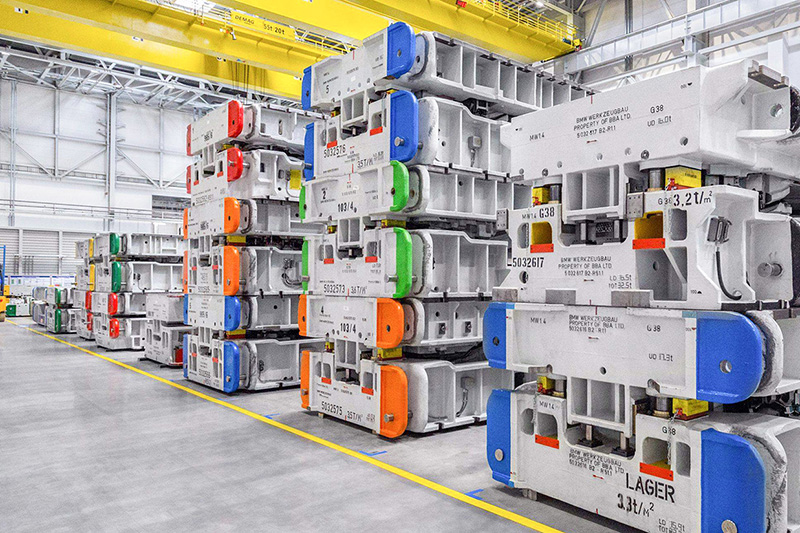The rapid development of new energy vehicles has brought multidimensional opportunities and challenges to traditional nitrogen spring enterprises, requiring strategic adjustments from multiple levels such as technology, market, and supply chain. The following is a specific analysis:
1、 Opportunity
Lightweight demand driven technology upgrade
New energy vehicles have extremely high requirements for lightweight (range improvement), and nitrogen gas springs can replace some metal components (such as suspension systems and battery cover supports) to reduce weight. Enterprises can develop high-strength, lightweight materials (such as composite springs) or integrated designs to seize new markets. If Tesla's battery pack adopts a lightweight support structure, nitrogen spring companies can participate in the research and development of similar components.
Expansion of new application scenarios
Battery system: The battery pack cover and cooling system seals require highly corrosion-resistant and high-temperature resistant elastic components, and traditional nitrogen gas springs can be adapted and improved.
Electric control and motor: The demand for vibration suppression has increased, and customized shock absorber springs have become a new growth point.
Intelligent chassis: Active suspension systems may require intelligent nitrogen gas springs (such as adjustable damping products with sensors).
Localization dividend of supply chain
The localization rate of China's new energy vehicle industry chain is high, and nitrogen spring enterprises can enter the opportunity of domestic substitution by cooperating with car companies such as BYD and NIO to replace foreign brands (such as SUSPA and Stabilus).
Post market and service-oriented transformation
The demand for high reliability components in the new energy vehicle maintenance market, such as electric tailgate support rods, can be met by companies offering long-life, maintenance free products or developing "spring-as-a-service" (subscription based replacement).
2、 Challenge
Technological barriers increase
New energy vehicles have higher requirements for the resistance of springs to electromagnetic interference (EMI) and quietness (the noise is more pronounced when the motor replaces the engine), and traditional processes may need to be broken through. R&D resources need to be invested in developing new materials (such as ceramic coating anti-corrosion) or intelligent functions (real-time pressure monitoring).
Intensifying cost competition
There is great pressure for car companies to reduce costs, and nitrogen gas springs need to balance performance and price. For example, replacing steel with aluminum casing may increase costs, but the weight reduction effect needs to convince customers to pay.
Risk of Supply Chain Restructuring
The traditional fuel vehicle supply chain is shrinking (such as engine related components), and companies need to quickly shift to new energy customers, but the certification cycle is long (vehicle grade standards such as IATF 16949).
Cross border competitors flood in
Electronic companies (such as Bosch, which produces intelligent suspensions) or new material companies may disrupt the traditional spring market through technological innovation.
3、 Suggestions for coping strategies
Technical end:
Collaborate with battery/motor manufacturers to develop customized solutions, such as battery module brackets with integrated springs.
Layout intelligent springs (such as products with IoT sensors to achieve status monitoring).
Market side:
Targeting segmented scenarios such as commercial vehicle electrification (demand for pneumatic support for electric trucks), charging station cover springs, etc.
Participate in the formulation of industry standards and seize the technological discourse power (such as participating in the China New Energy Vehicle Lightweight Alliance).
Production end:
Introduce flexible production lines to adapt to small batch and multi variety orders (with fast iteration of new energy vehicle models).
Green manufacturing: using renewable materials to meet the ESG requirements of automotive companies.
Nitrogen spring enterprises need to shift from "passive matching" to "active collaboration", combining their own technological accumulation with the electrification and intelligence needs of new energy vehicles. In the short term, we can focus on developing alternative components such as electric tailgate springs, and in the long term, we need to expand into incremental markets such as intelligent chassis and battery systems. At the same time, be alert to the disruptive risks brought about by technological route changes, such as solid-state batteries that may alter the structural requirements of battery packs.







